Unless you were born yesterday, you’ve probably heard of the Tour de France.
Still, figuring out how to watch the race — and what’s going on while watching — can feel intimidating. What’s the purpose of each stage? Who’s in the lead? Is is impossible to enjoy the Tour de France without being a strategy nerd or cycling superfan?
No, of course not! Anyone can watch the Tour de France and love it, too!
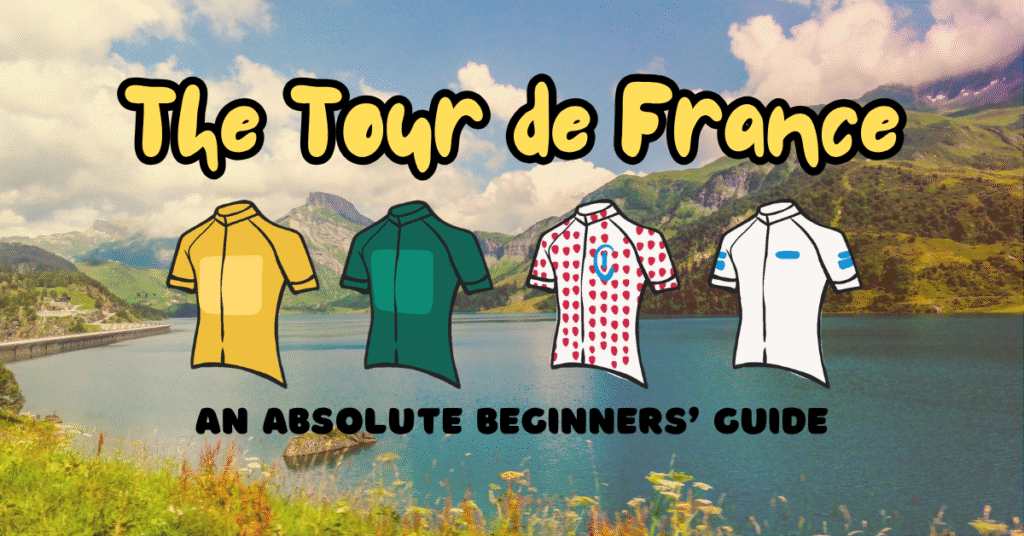
Whether you’ve come here to help a friend get into cycling or because you’re curious about watching Le Tour yourself, you’re in the right place. And one of the most exciting, beautiful, and utterly intense sporting events on the planet is just around the corner!
But wait! you might be thinking. Isn’t cycling kind of… boring? After all, Dad always tunes it up whenever he falls asleep for an afternoon nap on the sofa.
Don’t worry. Once you learn the basics of the Tour de France, you’ll see it in a whole new light. If running has the Olympics and soccer has the World Cup, then cycling has the Tour de France. It’s the biggest event of the year for professional cyclists, and a special treat for both the spectators by the roadside and the audience at home. This legendary race captures the attention of billions of people each summer — after all, it’s the second most watched sporting event in the world every year.
Read more: The Tour de France — The Greatest Show on Earth?
So, what IS the Tour de France?
The Tour de France is a three-week-long multi-stage bicycle race that is held every year around the month of July. In 2025, it’s starting on July 5th. The race course travels all across regular roadways in France, though it often dips into neighboring countries as well. It starts off with a Grand Départ (a kickoff event sometimes hosted in one of the neighboring countries mentioned) and often finishes in Paris.
However, the race isn’t just one long ride like 24 Hours of Le Mans, another well-known French sporting event. Instead, the Tour de France is a series of daily races, called “stages.” There are 21 total stages in the Tour, and each stage covers a different route. Routes range in length from 150-200 kilometers and take several hours for the riders to complete each day.
How do you win the entire Tour de France? The rider who completes all stages in the shortest cumulative time wins the overall race. And the hours really add up over the course of three weeks! In 2024, the best time of the overall winner was just over 83 and a half hours of racing time. The race for the overall victory is called the General Classification, or GC.
Embed from Getty ImagesUnderstanding riders, teams, and the “peloton.”
When you watch the Tour de France, you’ll see hundreds of riders on the course. The largest group of cyclists moving together is called the “peloton” (French for “platoon” or “group”). No, it’s not just the name of a popular spin bike! Riding in the peloton saves each cyclist an enormous amount of energy due to drafting behind the other riders. This strategy is crucial for surviving three weeks of riding over thousands of kilometers.
Each rider within the peloton isn’t competing against each other individually for the big prize. Instead, they’re part of teams where each team member might play a different role. Each team has a leader (the rider they hope will win a stage or perform best in GC) supported by riders called domestiques. The domestiques are incredibly strong riders, but their job within the team is to support their leader, protect them from wind, fetch their water bottles, and sacrifice their own chances for the leader’s success. The leader may also be joined by stage hunters — riders who target winning a specific stage rather than an overall win — or sprinters, who can also win stages that end in a big group sprint.
Read more: An Ode to the Domestique
Embed from Getty ImagesWhat do the Tour de France jersey colors mean?
Have you seen the bright yellow jersey which is often emblematic of the Tour de France? The leaders’ jerseys are where Le Tour gets extra fun! They can help you follow the action during each stage and put it in the larger context of the race.
There are four main colored jerseys awarded throughout the race:
The yellow jersey, or maillot jaune, is the holy grail of the Tour de France! This jersey is the leader’s jersey, worn by the rider with the lowest cumulative time across all stages. Wearing the yellow jersey is considered an honor, and the team whose leader wears the yellow jersey will typically work hardest to support their leader over the course of each stage.
The green jersey, or maillot vert, is awarded to the leader in the points classification. Points are typically given for crossing the finish line early in flat stages that end in a big group sprint. Points can also be awarded at intermediate places along the route. This jersey is usually given to the fastest sprinter, who was competitive in a lot of the big bunch sprints.
The Polka Dot Jersey, or maillot à pois, is worn by the “King of the Mountains.” Mountain points are distinct from green jersey points, and are awarded to the first riders to reach the summit of designated climbing sections. The harder the climb, the more points it’s worth!
The white jersey, or maillot blanc, is given to the best young rider under 26 years old in the general classification.
Jerseys are awarded in a podium ceremony at the end of each day’s stage. Occasionally jerseys can overlap. For example, if the overall leader is under 26 years old, he holds both the yellow and white jerseys simultaneously. In that situation, the second-place competitor in the white jersey contest will wear the jersey for that specific stage.
Read more: 7 Pro Fan Tips for First-Time Tour de France Viewers
Embed from Getty ImagesFrom flat sprint stages to mountaintop finishes.
Individual cyclists have different strengths and can excel at different disciplines within the sport. In the spirit of that, the Tour de France also has stages that suit almost every kind of cyclist. Winning a Tour stage is prestigious and any rider can win on a given day, even if they aren’t the overall leader for their team. Over the course of three weeks, you’ll see these types of stages:
Sprint Stages
The flattest stages often end in a frantic “sprint finish” where powerful, fast riders battle it out. Their speeds sometimes exceed 70 kilometers per hour while sprinting to the finish! What decides when a stage will be a sprint stage? Well, sprinters are typically not good at climbing mountains, and often can’t keep up with the peloton if there are many tough climbs on the route. In some cases, a stage may end in a reduced bunch sprint, where only all-rounder riders with enough strength to stay with the front group over smaller mountains or rolling hills will be in the contest.
Mountain Stages
A stage ending with a spectacular climb makes for one of the most epic days of the Tour de France. Riders will climb colossal mountains like the Alps and Pyrenees over the course of the race. These stages are often where the overall GC contenders make or lose time — you may hear commentators call them “decisive” days. Also, the scenery in the mountains is breathtaking. Hey, the riders may be out of breath by the time they make it to the finish line too!
Individual Time Trials
Time trial stages are very unique. Riders get a chance to race solo against the clock. Teams will bring specialized equipment and put a lot of optimization into their riders’ bike setups for a time trial day, since having a lightweight bike or an aerodynamic posture can make or break their speed when riding alone. After that, it’s up to each rider to have the legs — and the willpower — to make it to the finish line in the fastest time. Note that riders will start in reverse GC order, so the leaders of the yellow jersey contest will start last on a time trial day.
Breakaway Stages
Okay, so these aren’t really a type of stage exactly. On most stages, a small group of riders will go up the road ahead of the peloton. Their hope is to stay away long enough to have a chance at the overall victory without the rest of the peloton catching up. But breakaway riders must work together to draft off each other and keep up their strength if they want to have any hope of beating the entire peloton to the finish line! Stages where the peloton is chasing down a breakaway just before the finish line can be some of the most exciting and suspenseful.
A crash course on stage-by-stage tactics of the Tour de France.
It’s true: tactics are one of the more confusing aspects of cycling for newbies, especially since they can vary from stage to stage.
Keep in mind that riders are familiar with the route from the start of each stage. The total time for the stage does not matter — the only thing that matters is who comes to the finish line first, and the finish time gaps between the stage winner and every other individual rider. Because of this, riders from separate teams, especially those who are competing for GC, will either cooperate or attack each other depending on the situation and what’s left to come in the stage.
What does an attack look like? To create a time gap at the finish (in other words, start to get a lead in the GC), leaders need to try to drop their rivals, or leave them behind. Being too cautious and finishing alongside a rival results in no time gap between them at the finish, which unfortunately means no advantage in GC. Thankfully, a quick acceleration can be all it takes to catch a rival unaware, especially if they’re feeling tired on a long climb. Leaders often need the help of teammates, who can help chase down an attacker or pull their leader away from competitors once everyone is getting tired.
GC battles will only happen at specific points in the race, and the GC time gaps at the end of the entire Tour de France will actually be quite small, typically coming down to a few minutes or less. Entire stages can pass without any changes in the GC! The most common place for a leaders to try to get ahead of their GC rivals is on a steep mountain stage, because this is the easiest place to launch a successful attack. They probably aren’t going to attack on a flat stage, because the entire peloton is coming to the finish line at the same time.
Read more: Debunking 15 Common Mix-Ups About Pro Cycling
Embed from Getty ImagesWhat exactly can make the Tour de France exciting?
The Tour de France is a race to the finish line, but it’s also very tactical throughout each stage. It isn’t simply full-gas to the finish with a couple of attacks mixed in! There are many more moving parts and strategies at play than may seem obvious at first glance. This, among other things, is what makes the Tour truly magical to watch.
The biggest contributor to strategy is teamwork, which in cycling is truly remarkable. One rider on a given team will ultimately win and wear the yellow jersey, but it takes a monumental effort by every member of his team to do so. Domestiques work around the clock each day to protect the leader and make sure that he has a good position in the peloton, chase down breakaways, push the pace to tire out competitors, fetch water bottles from the team car, and even give up their own bikes if the leader has a crash or a mechanical issue. It seems very thankless to work in service of a teammate for an entire three weeks of exhaustive riding, but their sacrifices and selflessness are integral to the success of their team. It’s often lovely to see the entire team celebrating when one of their members gets a victory, whether in a stage or the overall jersey contests.
The Tour de France is as much of a mental battle as a physical one. Constant strategy is going on throughout the race: planning attacks on climbs, initiating breakaways to gain time, or organizing furious chases to reel in rivals. Teammates — and rivals — work together to isolate a competitor or conserve their energy for a crucial moment. Every stage ends up being very dynamic and unpredictable once you are familiar with the basic tactics of the sport.
The beauty of the narrative.
And there is always drama. The Tour de France is the most publicized and scrutinized race in cycling. Don’t let Tour de France: Unchained on Netflix sell you any of the fake stuff — the real narrative of the race, the overarching story, is always much better! Crashes are an unfortunate but common occurrence, and they can change the outcome of the entire three weeks in an instant. A mechanical issue can also ruin perfectly laid plans, but an incredible comeback from a bad day or a fall are super inspirational. Not all the riders (or the team managers and coaches, for that matter) get along with one another, so there can be some interpersonal issues over the course of the race. Emotional highs and lows happen with every minor win or loss. Follow the story of each year’s Tour, root for your favorites, and celebrate when they win, too!
Now, you might be wondering how your dad could possibly fall asleep on the sofa when all this is going on. As the peloton winds its way through France, you’ll get to see some really gorgeous sights: rolling vineyards, fields of sunflowers, quaint historic villages, majestic chateaus, and the frosty peaks of the Alps and Pyrenees. Pair that with the whop whop whop of the helicopter providing video coverage (… believe me, true cycling ASMR…) and you’ll probably be feeling pretty relaxed.
That is, until the finish line or the final climb draws near!
Read more: 9 Books to Read Before 2025’s Tour de France
Embed from Getty ImagesTop contenders to know for the 2025 Tour.
With all the tactics in play, the riders always make the race. Which top riders should you watching during the 2025 Tour de France?
At the very top of the leader dogpile is Tadej Pogačar, considered the most dominant rider of the current generation. Pogačar is a three-time Tour de France winner (2020, 2021, and 2024) and has consistently shown his incredible strength while attacking his rivals on mountain stages. His signature move is to suddenly attack and ride away solo, leaving the rest of the GC contenders with no chance at catching up! He also, understandably, excels at riding alone in time trials. He is surrounded by strong helpers from his team, UAE Team Emirates, wearing white jerseys with black accents. Pogačar, however, is wearing the rainbow-banded jersey of the World Champion. Keep an eye out for his aggressive racing style — and his amiable, joking demeanor both on and off the bike. “Pogi” is a nice guy and a bit of a goofball, but he’s unquestionably the favorite for this year’s Tour.
Of course, who is a favorite without a main rival? Jonas Vingegaard is also a two-time Tour de France champion (2022, 2023) and is a phenomenal climber with an incredible capacity for endurance. Where Pogačar is more likely to launch a sudden attack and try to escape, Vingegaard prefers to stay close, drafting behind his rivals until they are exhausted. His teammates from his team Visma Lease-a-Bike are dedicated domestiques who help to position him perfectly for most decisive GC opportunities. And his battles with Pogačar are legendary! They often take place in the very high mountains where none of the other contenders can really keep up. Despite a horrible crash that left him in less-than-ideal condition before 2024’s Tour, Vingegaard will be a formidable contender this year, with a real shot at wearing the yellow jersey in Paris.
Read more: Jonas Vingegaard’s Big Question Mark
Embed from Getty ImagesThe best of the rest.
Let’s talk about some of the other favorites. Primož Roglič is a veteran rider who remains a powerhouse even in his mid-thirties. Roglič, who originally was a professional ski jumper, is a multiple Grand Tour winner and an Olympic gold medalist in the time trial. Sadly, he has only come close to winning the Tour de France, in a dramatic second-place finish in 2020 where he lost the yellow jersey on the final stage. He’s known for strong climbing and time trialing abilities. Remco Evenepoel is at the other end of the spectrum. He’s a younger talent, yet still a former World Champion and a Grand Tour winner himself. He made his Tour de France debut last year and finished third overall… no doubt he would rather finish on the top step this year! He is an incredibly strong time trialist, making him a serious threat for GC. Another popular rider is Wout van Aert, a teammate of Jonas Vingegaard. He is known as a “superdomestique,” but after a tough start to the season, he’s hoping for a chance to win a stage (or two! or more!) of his own on the road to Paris. One of his main rivals is Mathieu van der Poel, last year’s World Champion. He’ll be hunting stages of his own while supporting his teammate Jasper Phillipsen in his quest for the green sprinter’s jersey.
Closing thoughts.
Well, I hope this guide has convinced you that the Tour de France is more than just some boring old bike race that is perfect for a nap on the sofa. For cycling fans, it might just be the most awesome three weeks of the year. You’ll get your fill of amazing landscapes, crazy tactics, and intense moments, and every year is different from the last. You definitely don’t need to be a cycling expert to enjoy it. Just come with an open mind, ready to be wowed. With the info we covered above, you’ve got everything you need to start on the road to Tour de France fandom!
Are you ready? Go ahead, pick a favorite rider and get ready to get hooked on everything the Tour has to offer. The final sprint on the Champs d’Elysees is waiting!
Read more: 22 Photos (and Stories) from the 2024 Tour de France
Embed from Getty ImagesIs the Tour de France going to be your summer obsession this year? Let us know in the comments or on social media! ★


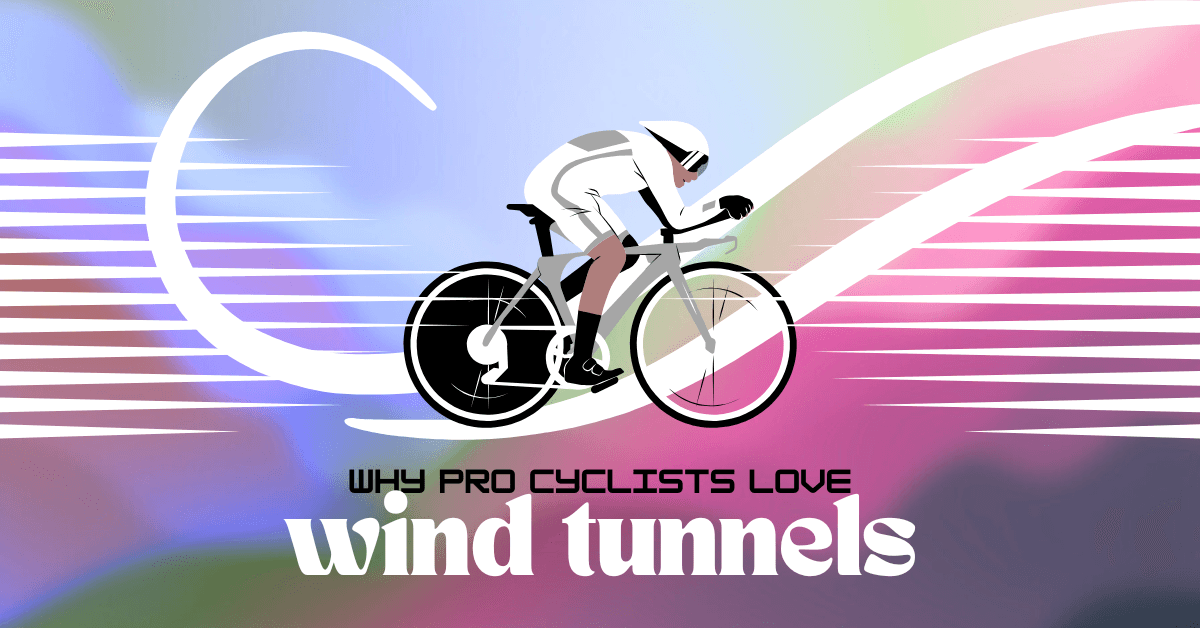
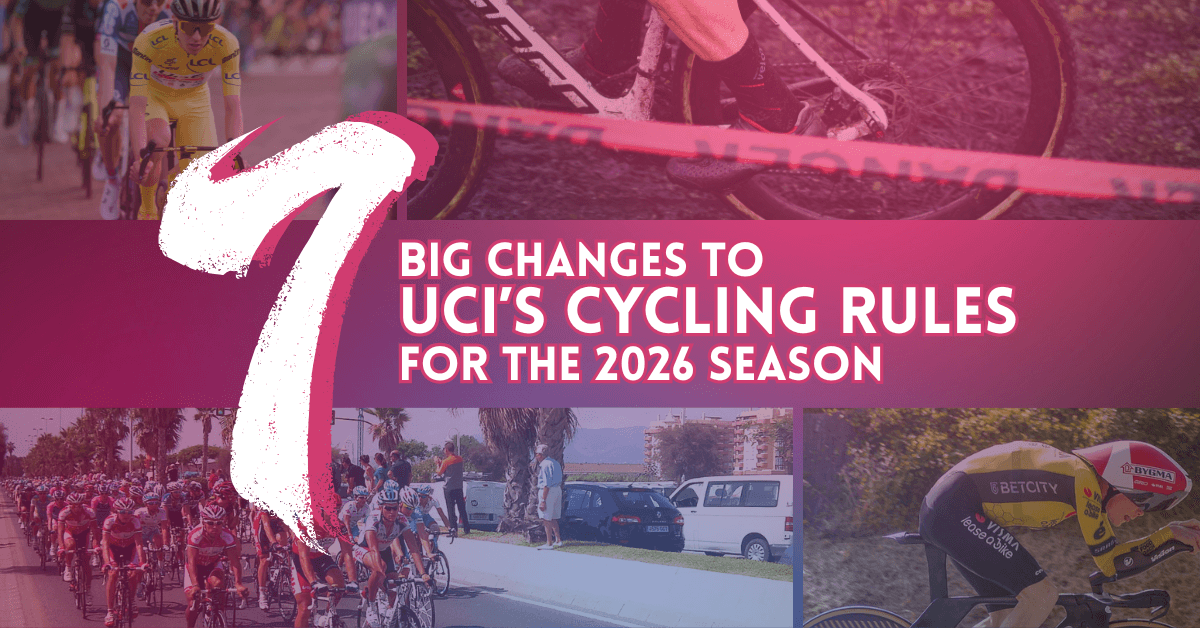



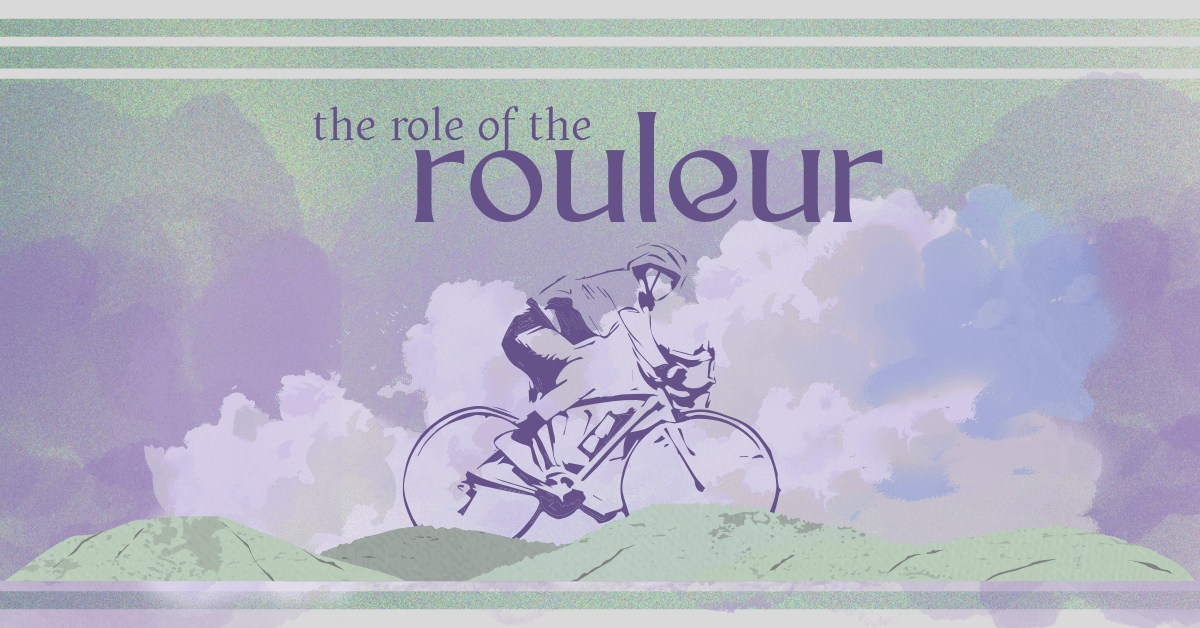
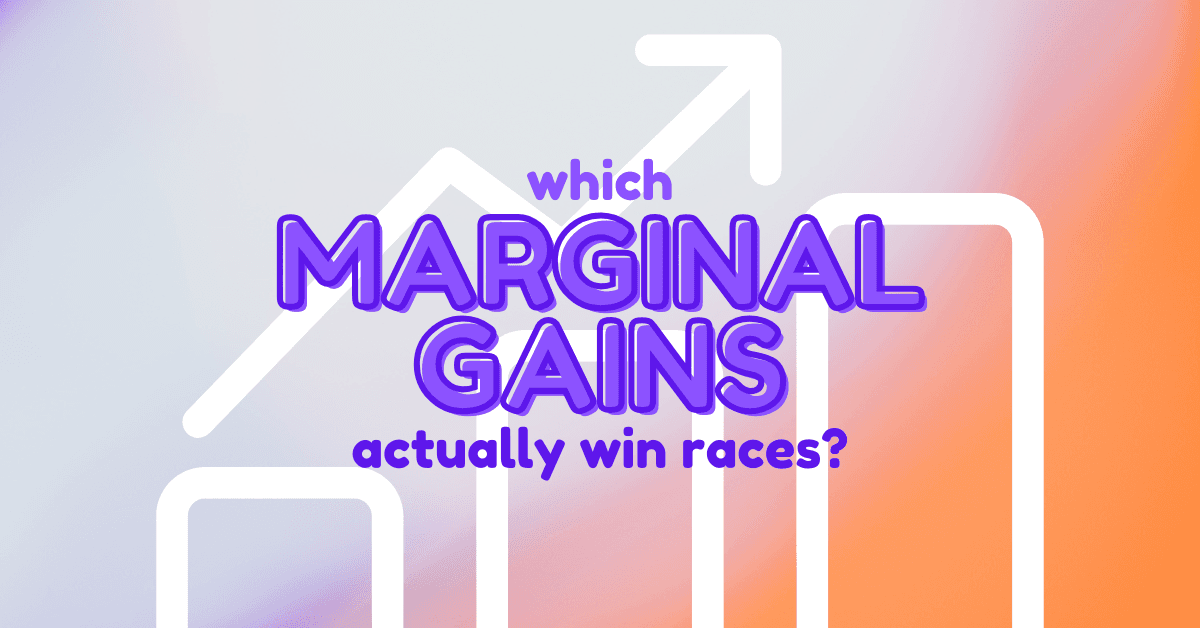

Leave a Reply